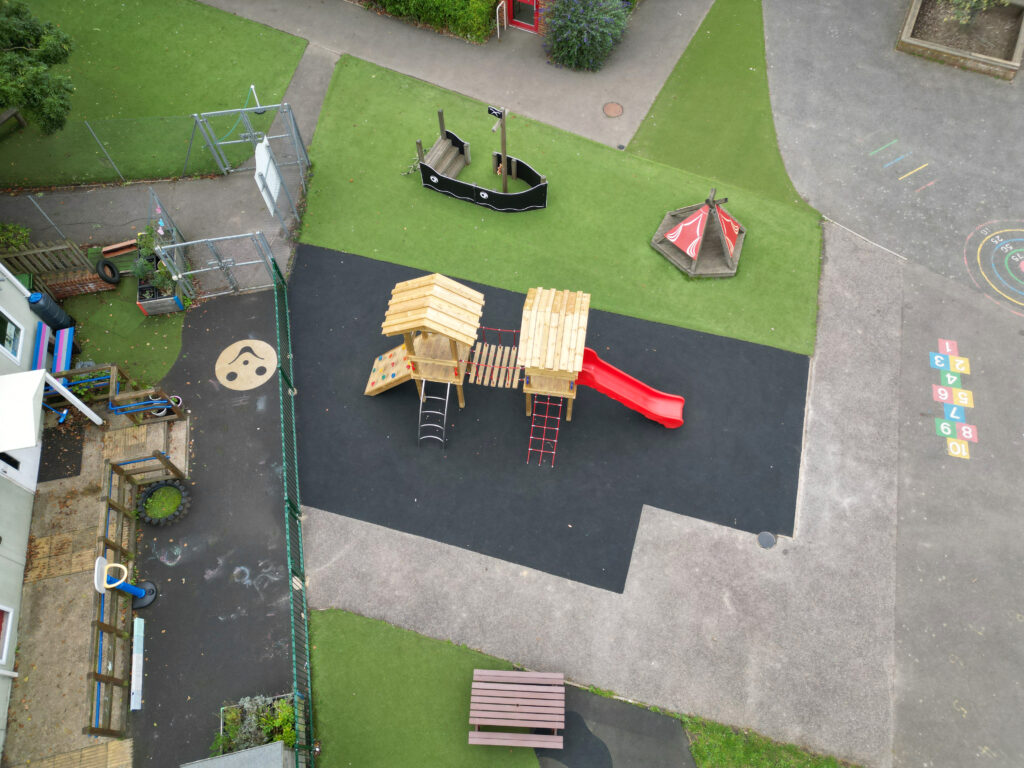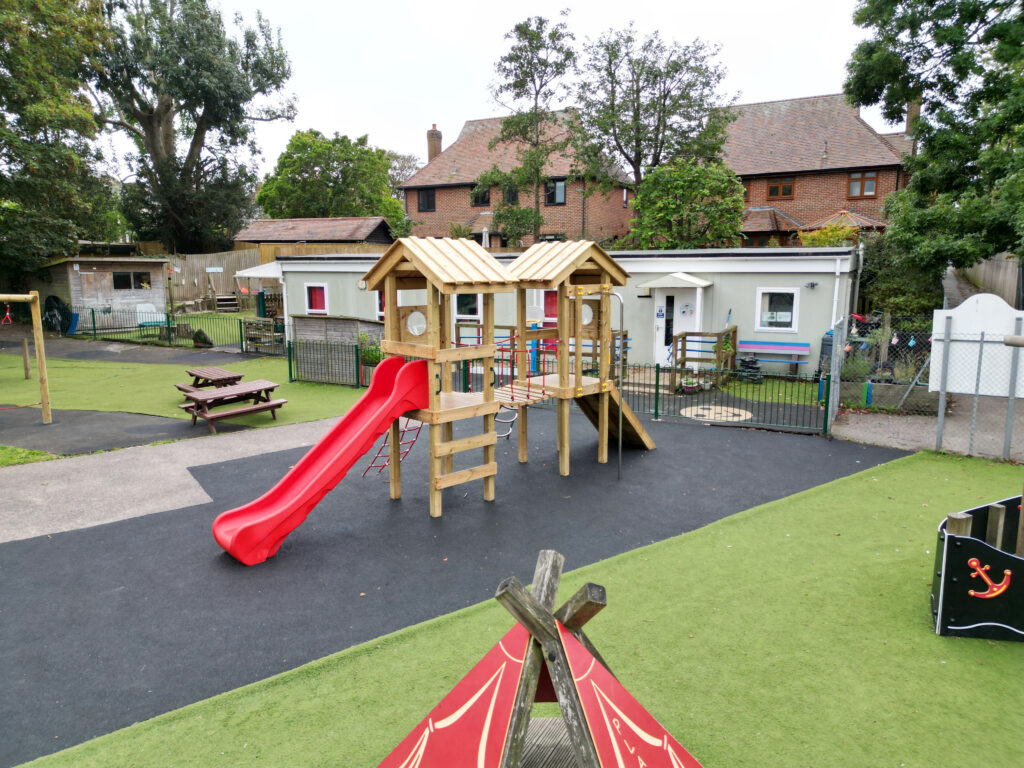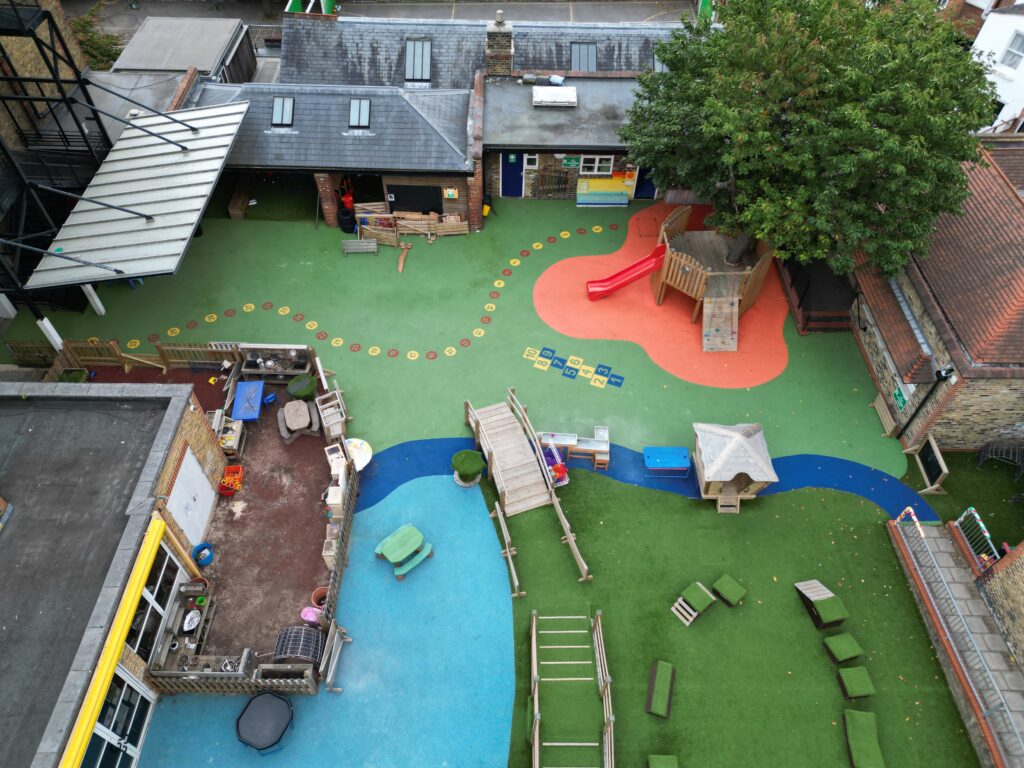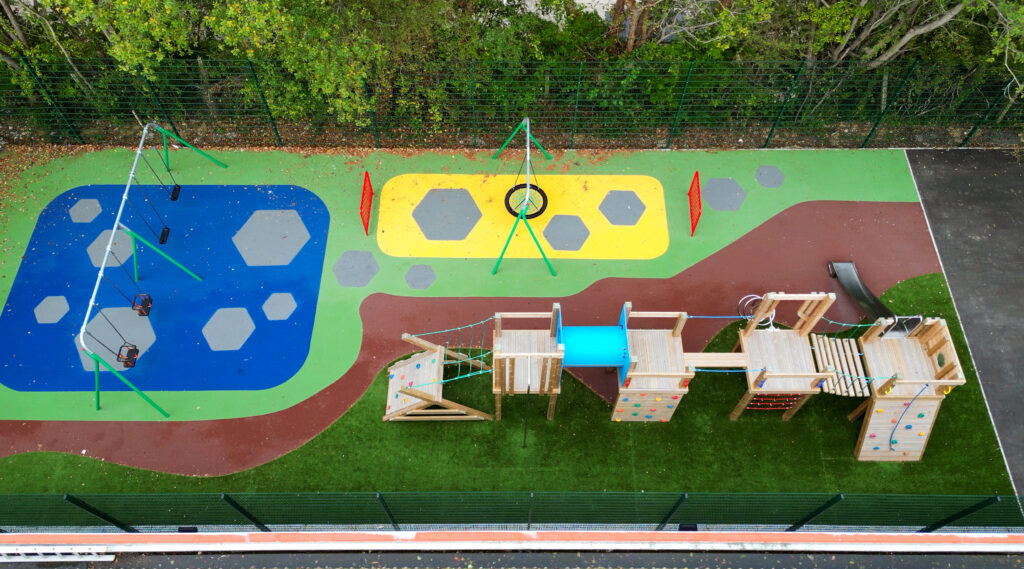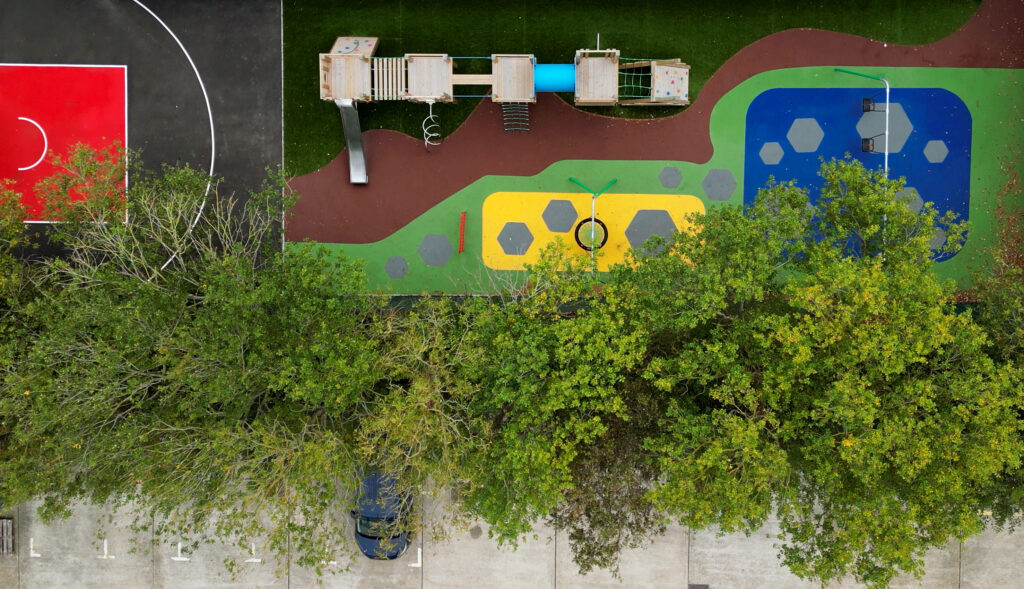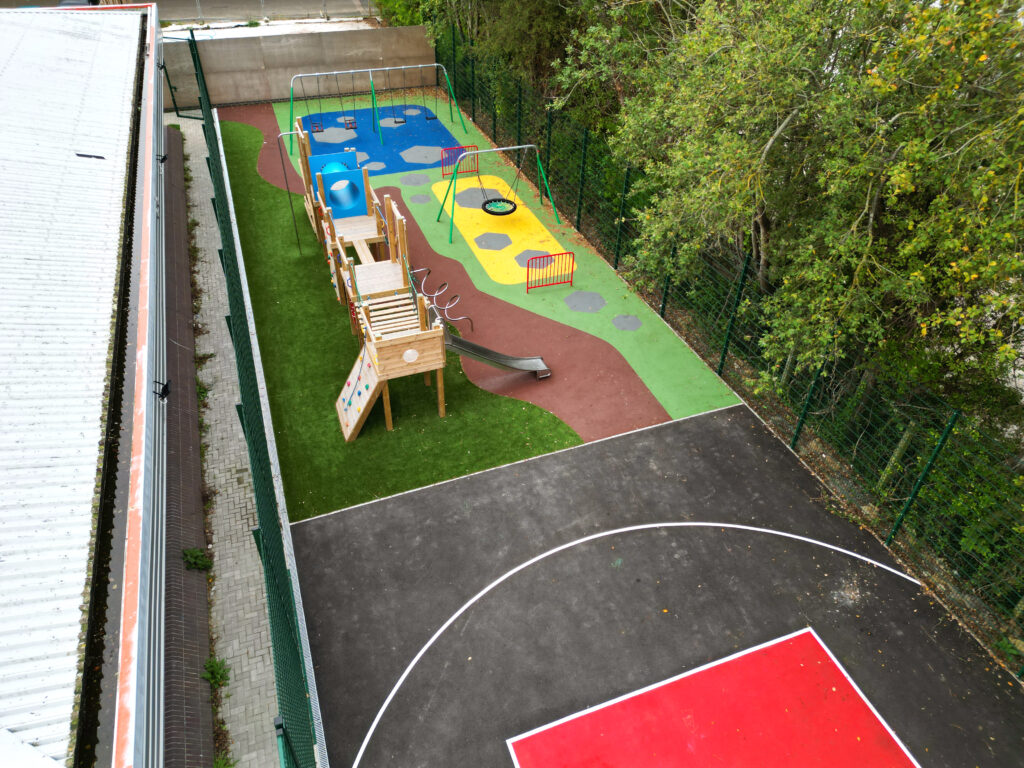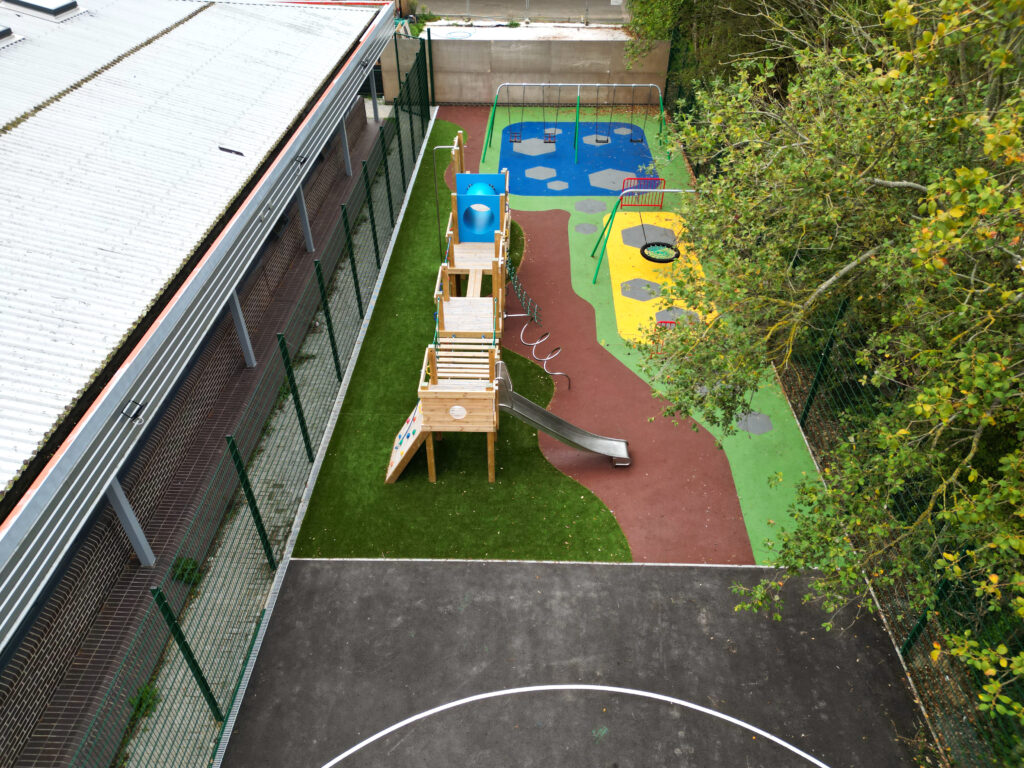Outdoor classrooms are educational spaces that are located outdoors, typically in natural environments such as gardens, parks, or forests.
These spaces are designed to provide an alternative learning environment for students and offer a wide range of benefits compared to traditional indoor classrooms.
If you would like to find out more about our range of services for Special Educational Needs and Disabilities, please get in touch with us.
Key Takeaways:
- Outdoor classrooms can improve academic performance by providing a change of scenery and stimulating learning environment, compared to traditional classrooms.
- Increased physical activity in outdoor classrooms can combat sedentary behaviours, especially during freezing cold or hotter summer months.
- Outdoor classrooms can enhance social skills by exposing students to unpredictable weather and encouraging teamwork and communication through activities like gardening and science experiments.
Improved Academic Performance
Spending time in outdoor classrooms can enhance academic performance and offer a refreshing alternative to traditional classrooms. Studies have demonstrated that students who participate in outdoor learning tend to exhibit improved concentration, creativity, and problem-solving skills.
Outdoor classrooms provide a dynamic and hands-on learning environment that encourages curiosity and active participation.
Teachers can implement a variety of outdoor classroom ideas, such as nature walks, garden projects, and scientific experiments, to enrich the learning process.
By incorporating the outdoors into the curriculum, students can gain valuable experiences and unique opportunities that nature has to offer, resulting in improved academic outcomes.
Increased Physical Activity
Spending time in outdoor classrooms can lead to increased physical activity for students. Here are some steps to promote physical activity in outdoor classrooms:
- Incorporate active games and exercises into lesson plans.
- Create designated play areas with equipment for students to engage in physical activities during recess or breaks.
- Organise walking or hiking field trips to explore the natural surroundings.
- Encourage outdoor group activities like team sports or nature scavenger hunts.
- Provide shade structures to protect students from the intense heat of the summer sun.
- Ensure proper clothing and gear for students to stay warm in freezing cold or colder winter months.
- Teach students about sun safety and the importance of wearing sunscreen to protect against the harmful rays of the summer sun.
Enhanced Social Skills
Outdoor classrooms provide a unique environment that enhances social skills in children. They offer opportunities for collaboration, communication, and problem-solving among peers, fostering teamwork and empathy.
Children learn how to interact with others in a natural setting, improving their social interactions and emotional intelligence.
In addition, being exposed to the unpredictable English weather helps children develop adaptability and resilience.
The presence of glazed windows in outdoor classrooms ensures that learning can continue in various weather conditions, allowing children to explore and learn in a safe and protected environment.
The glazed windows, along with a watertight roof and cladded sides, provide a secure and comfortable space for children to learn and grow.
Better Mental Health
Spending time in outdoor classrooms can have significant benefits for mental health. Being in nature helps decrease stress and anxiety levels, leading to improved overall well-being.
The sun’s natural light provides vitamin D, boosting mood and reducing symptoms of depression.
Sun traps and timber canopies create a shaded environment, protecting students from harmful UV rays. Polycarbonate roofs allow natural light while maintaining a comfortable temperature.
To cultivate better mental health, schools should consider incorporating outdoor classrooms into their facilities, providing students with opportunities to connect with nature and reap the mental health benefits.
Nature Walks
Nature walks in outdoor classrooms offer numerous benefits for students to connect with the natural environment. Here is a list of steps to enhance the experience:
- Plan the route: Choose a safe and accessible trail that showcases the beauty of the natural environment.
- Prepare materials: Gather field guides, magnifying glasses, and notebooks for students to observe and record their findings.
- Discuss safety guidelines: Teach students about potential hazards and how to navigate the outdoor space responsibly.
- Encourage exploration: Allow students to independently explore, fostering curiosity and discovery.
- Engage the senses: Encourage students to use their senses to fully experience nature, such as listening to bird songs or smelling wildflowers.
- Facilitate discussion: Encourage students to share their observations and ask questions, promoting critical thinking and collaboration.
- Reflect on the experience: After the walk, facilitate a discussion or journaling activity to allow students to reflect on their learning.
By incorporating outdoor learning and immersing students in the natural environment, nature walks provide valuable educational opportunities.
Gardening
Incorporating gardening into the curriculum through outdoor classrooms offers numerous benefits for students. Here are some steps to follow:
- Create a nursery garden: Set up a dedicated space to grow seedlings and young plants.
- Teach about the water cycle: Explain how plants rely on water and demonstrate the importance of the water cycle.
- Install a water butt: Collect rainwater to use for watering the plants, teaching students about the importance of conserving water.
- Recycle water: Educate students on the benefits of recycling water from activities such as hand-washing or rinsing paintbrushes.
By following these steps, students can learn about plants, water conservation, and environmental responsibility while also enjoying the many benefits of outdoor gardening.
Science Experiments
Outdoor classrooms provide a unique and engaging environment for science experiments. Here are some steps to conduct science experiments in an outdoor classroom:
- Observation: Start by observing the outdoor surroundings, such as plants, insects, and weather patterns.
- Watering plants: Study the effects of different watering techniques and amounts on plant growth and health.
- Water wall: Create a water wall using recycled materials to explore concepts like gravity and water flow.
- Comparative studies: Compare indoor and outdoor conditions to understand how environmental factors impact experiments.
- Data collection: Record and analyse data collected from outdoor experiments to draw conclusions.
- Reflection: Discuss findings and reflect on the differences between conducting experiments in an indoor classroom versus an outdoor classroom.
By conducting science experiments in outdoor classrooms, students can gain valuable hands-on experience and develop a deeper understanding of scientific concepts.
Art Projects
Art projects in outdoor classrooms offer numerous benefits for students. Here are some steps to incorporate art into outdoor learning:
- Plan engaging art activities that can be done outside, such as nature-inspired crafts or outdoor painting.
- Provide a variety of art materials, such as paints, brushes, and natural materials like leaves and flowers, to encourage creativity.
- Promote free flow activities where students can move around and explore different art stations.
- Encourage students to observe and draw inspiration from their natural surroundings.
- Maximize the use of outdoor space by setting up different art stations in various parts of the classroom.
- Regularly schedule art projects in the outdoor classroom to ensure students have opportunities to head outdoors and connect with nature.
By incorporating art into outdoor classrooms, students can enhance their creativity, develop a deeper appreciation for nature, and experience the benefits of learning in a natural environment.
Utilise Existing Outdoor Spaces
Utilising existing outdoor spaces for outdoor classrooms can provide numerous benefits for students and educators. Here are some steps to consider:
- Assess available outdoor areas and determine their suitability for classroom activities.
- Create a plan for utilising the outdoor space, including seating arrangements, shade options, and storage.
- Collaborate with school administrators, teachers, and parents to gain support and ensure a smooth implementation.
- Develop a curriculum that incorporates outdoor learning activities and aligns with academic standards.
- Provide necessary resources and materials for outdoor learning, such as portable whiteboards, writing materials, and nature exploration tools.
- Regularly evaluate and adjust the outdoor classroom setup based on feedback and student engagement.
Seek Community Support
To garner community support for outdoor classrooms, engage with local stakeholders and highlight the benefits.
- Collaborate with parents, teachers, and administrators to explain the advantages of outdoor learning, such as improved academic performance and increased physical activity.
- Showcase the features of outdoor classrooms, such as a timber canopy providing shade and protection from the elements.
- Emphasize the benefits of construction play and free-flow activities, which promote creativity, problem-solving, and motor skills development.
Lack of Resources
Lack of resources can hinder the development of outdoor classrooms, but there are solutions to overcome these challenges.
- Sun Traps: Design outdoor classrooms with strategically placed areas that receive ample sunlight throughout the day.
- Polycarbonate Roofs: Install polycarbonate roofs to provide protection from harmful UV rays and ensure the classroom is suitable for use in different weather conditions.
- Timber Canopies: Use timber canopies to create a shaded environment, allowing students to stay cool and comfortable during outdoor lessons.
- Seek community support: Collaborate with local businesses or organisations to secure donations or sponsorships for materials or funds.
- Apply for grants: Research and apply for grants that are specifically dedicated to supporting outdoor education initiatives.
By implementing these suggestions, schools can overcome resource limitations and create vibrant and engaging outdoor classrooms.
FAQs
How does an External Shelter Impact the Outdoor Classroom?
An external shelter can provide necessary shade and shelter for children to learn and play in, regardless of the weather. It also adds a multi-use space for various activities and can serve as a meeting point for forest school sessions.
What is the Positive Impact of an Outdoor Classroom on Children and Staff?
An outdoor classroom can have a positive impact on both children and staff by providing a unique learning environment, increasing participation in lessons, and creating a calming space for children to relax and refocus.
How does an Outdoor Classroom maximize the Use of Space?
By providing an extension of the indoor classroom, an outdoor classroom allows for more space for activities and learning. It can also serve as a covered play area during inclement weather.
What Makes an Outdoor Classroom a Unique Learning Environment?
An outdoor classroom allows children to learn in a different environment surrounded by nature, which can increase participation and cooperation. It also offers a break from the traditional indoor classroom setting, creating a unique and refreshing learning experience.





